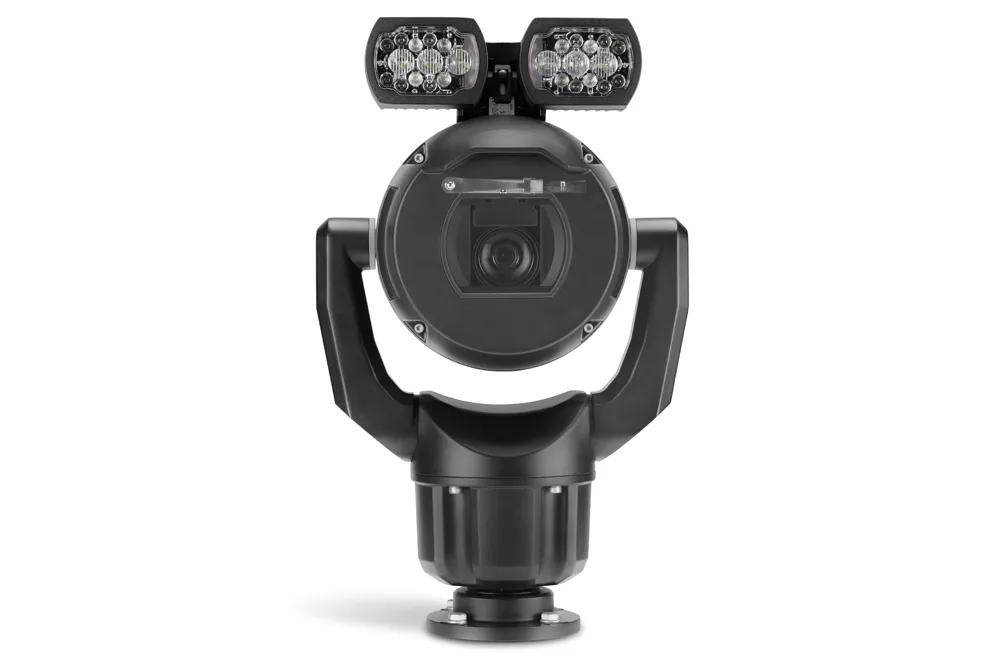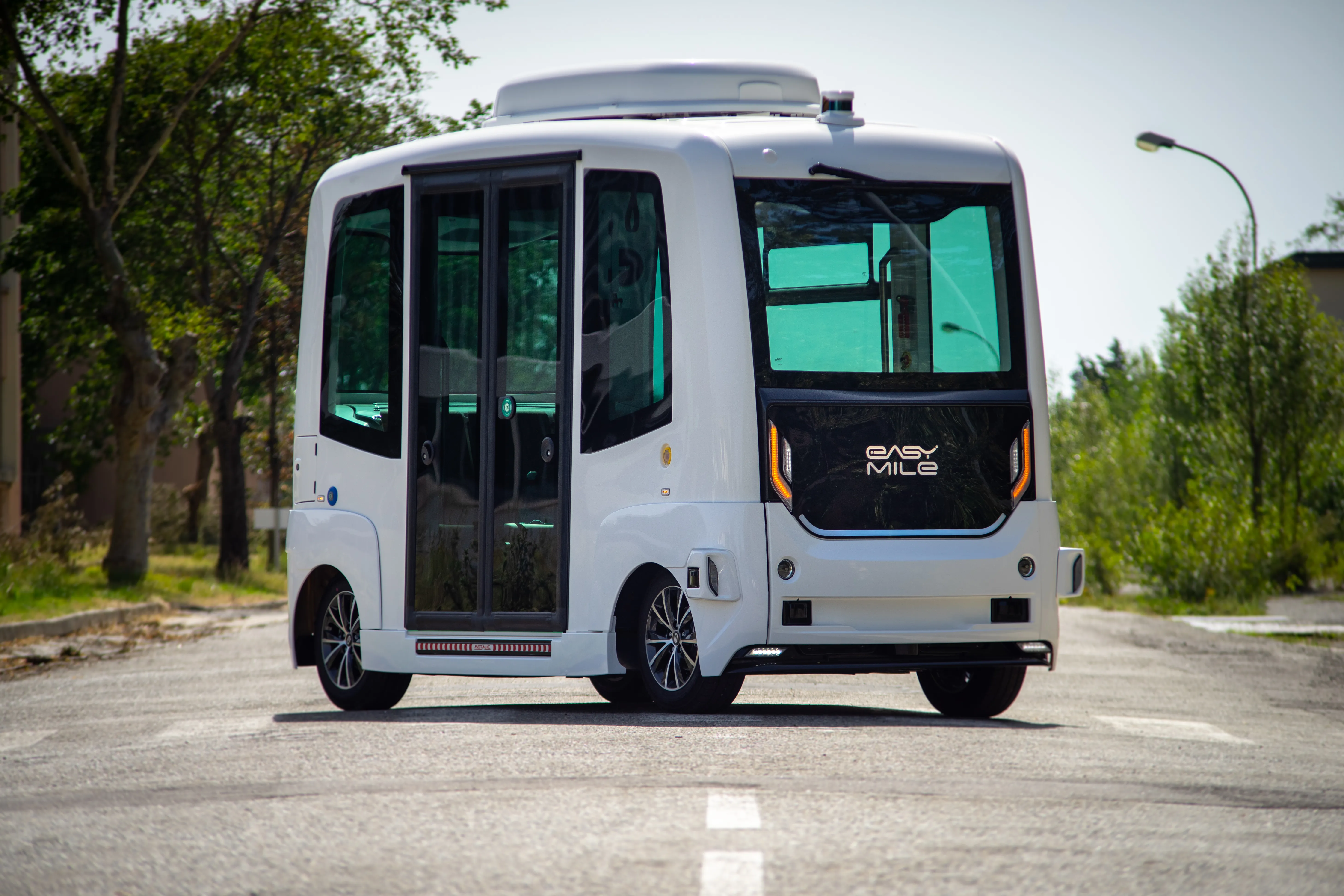
Ambarella's CVflow family of artificial intelligence (AI) processors are being used in Motional's autonomous vehicles (AV).
Ambarella says the processors work with Motional’s network of Lidar, camera and radar sensors to enable the vehicles’ safe operation in diverse and challenging road conditions.
Ambarella’s CVflow system on chips (SoCs) will be part of the central processing module in Motional’s AVs, providing image and computer vision processing for cameras in the sensing suite, including the front-facing cameras.
According to Ambarella, the CVflow AI engine will enable Motional AI algorithms to perform computer vision tasks, such as object detection, classification and image segmentation.
Ambarella’s advanced image processing is expected to allow the vehicles to operate in challenging lighting conditions, including low-light and high-contrast situations.
The SoC’s H.264 encoding will enable the efficient logging of video data from all cameras in the vehicle, the company adds.
Joaquín Nuño-Whelan, vice president of hardware at Motional, says: “Ambarella’s processors provide the AI performance, low power consumption and advanced image processing necessary for the camera perception to perform well under all conditions. This supports the safe operation of our vehicles as we bring driverless technology to consumers worldwide.”










